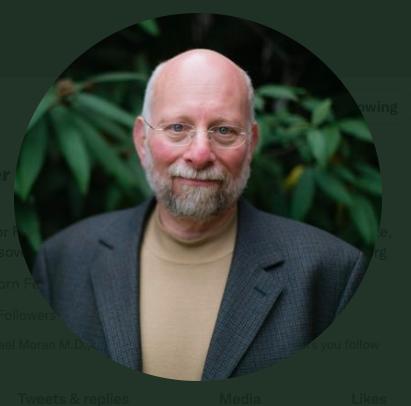
America’s war on opioid prescribing continues unabated, predicated on the false assumption that opioid prescribing over the years caused a surge in addiction rates which in turn fueled a rise in the non‐medical use of opioids and an increase overdose deaths. A new study reported on August 4 in Frontiers in Pain Research used linear regression models to compare overdose deaths and prescription volume from 1999–2019 and found:
The analyses revealed that the direct correlations (i.e., significant, positive slopes) reported by the CDC based on data from 1999 to 2010 no longer exist. Based on data from 2010 to 2019, the relationships either have reversed (i.e., significant, negative slopes) or are non‐existent (i.e., no significant model).
The authors concluded:
The guideline, guideline update, CDC’s public, medical profession, and intergovernmental communications should be corrected/updated to state no direct correlation has existed between POS [prescription opioid sales] to OTA [opioid treatment admissions], POD [prescription opioid deaths], AOD [any opioid deaths], and TOD [total overdose deaths] since 2010. Individualized patient care and public health policy should be amended accordingly.
Josh Bloom, Director of Chemical and Pharmaceutical Science at the American Council on Science and Health gives a good summary of the study here. This new study adds another metric—overdose deaths—to metrics about which I wrote with co‐authors in the Journal of Pain Research, and Jeffrey Miron and colleagues wrote about in a Cato Policy Analysis: there is no correlation between prescription rates and non‐medical use or addiction to opioids. On June 7, 2022 I argued this and other points at a Soho Forum debate in New York City. I pointed to data from the National Survey on Drug Use and Health showing the addiction rate among persons aged 18 and above has been essentially unchanged while prescription rates were first surging to record highs and then, after 2012, dropped 60 percent.
During the late 1990s and early 2000s, as opioid prescribing increased, prescription pain pills were more easy to divert into the black market for non‐medical users. When policymakers decided that opioid prescribing was the cause of the overdose crisis, federal and state policymakers took measures to reduce opioid prescribing. Furthermore, the Drug Enforcement Administration placed quotas on the manufacturing of all types of prescription opioids, ratcheting those quotas downward year after year. By 2019, the reduction in the prescribing rate led the DEA to announce that less than one percent of controlled substances distributed to retail purchasers were getting diverted.
Of course, we all know what happened: non‐medical users migrated to more dangerous drugs supplied by the black market—first to heroin, then to heroin and fentanyl, and now roughly 90 percent of opioid‐related overdose deaths involve fentanyl. Along with that migration came a surge in overdose deaths—directly resulting from non‐medical users switching from pharmaceutical‐grade diverted prescription pain pills (of known purity and dosage) to more potent, impure, and deadly opioids made and sold in the black market. Meanwhile, patients whose pain had been well‐controlled with long‐term opioid therapy were abruptly tapered or cut off from pain meds by doctors afraid they may get a visit from law enforcement or lose their license for “overprescribing” pain meds. Many patients become “pain refugees,” some of whom seek relief in the dangerous black market or sometimes turn to violence or suicide. Similarly, many patients are undertreated for acute pain.
As researchers at the University of Pittsburgh reported in 2018, the overdose rate has been rising exponentially since the late 1970s, with different drugs dominating at different points in time. The Joint Economic Committee of Congress reported that overdose deaths began their rise as far back as 1959.
The overdose crisis was never about doctors prescribing opioids to their patients in pain. It has always been the result of a growing number of non‐medical drug users accessing drugs in a black market providing evermore potent and deadly drugs. In short, the overdose crisis is really a prohibition crisis. Alas, lawmakers and policymakers remain in state of denial.
#Reprinted with permission. The original piece can be read here.



